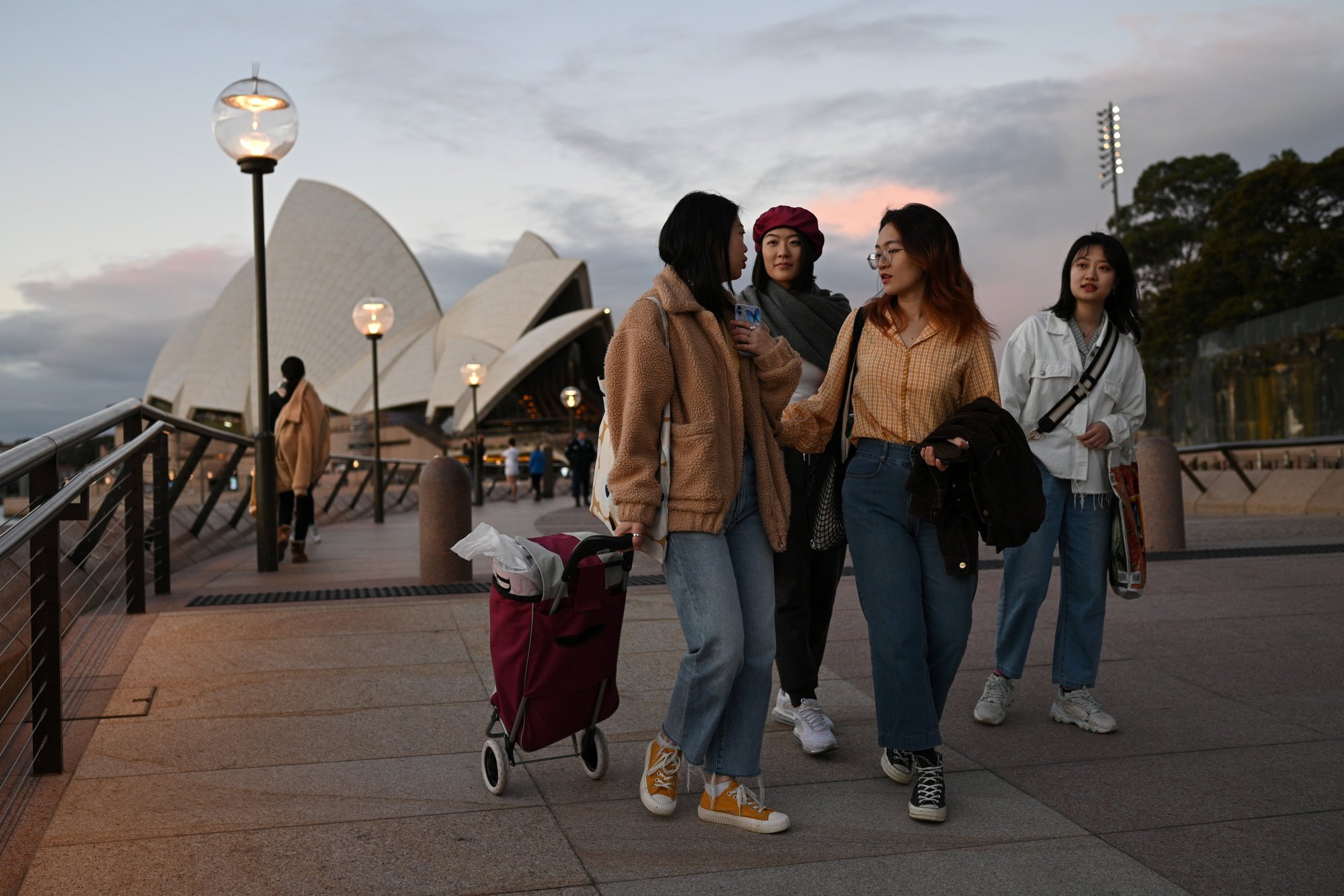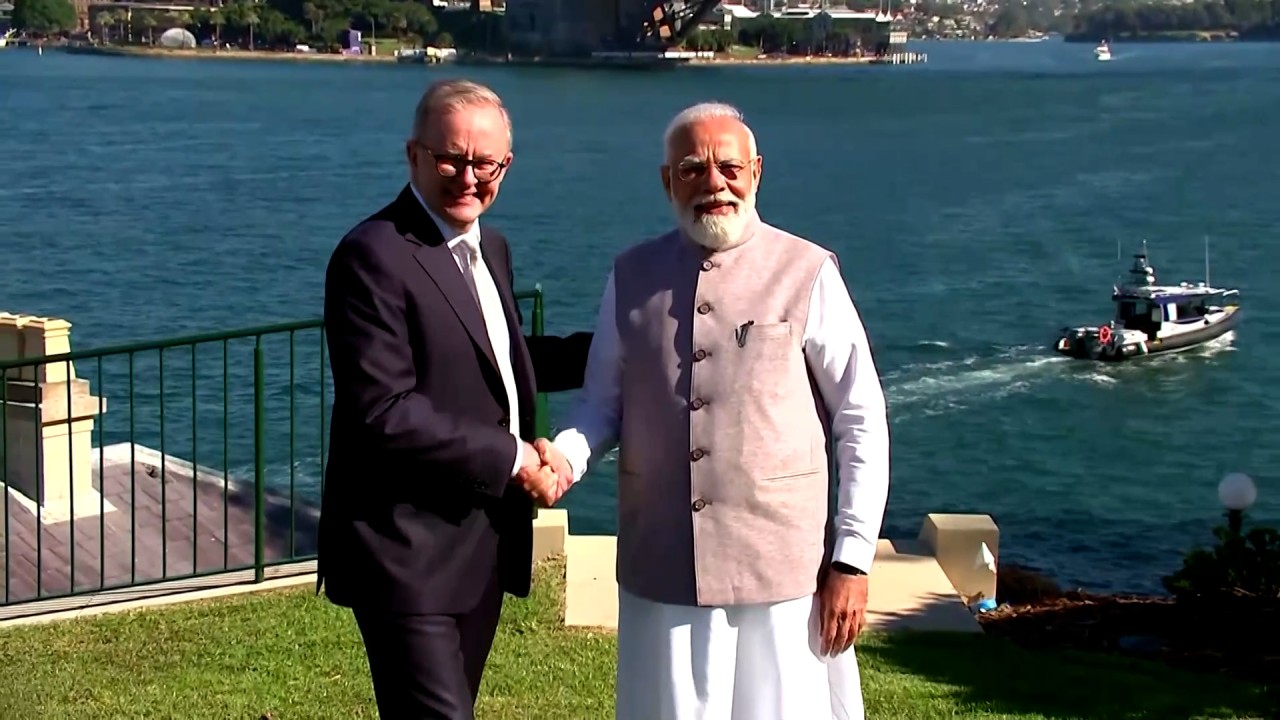Although net migration is expected to decrease next year, Australia’s population is still forecast to grow at an annual rate of 1.4 per cent in 2025 and 2026. Indeed, by 2034, the population is expected to increase to 30.9 million, government data shows.

According to real estate firm CBRE, the projected increase in Australia’s population between last year and 2025 translates into incremental demand for 5.2 million square metres (56 million square feet) of industrial and logistics space, 1.1 million square metres of retail space, 13,500 hotel rooms and 475,000 homes.
The stark contrast between Japan’s demographic crunch and Australia’s population growth is perhaps one reason Japanese investors deployed more capital in Australia last year than they have in the past 20 years combined, investing heavily in BTR projects.
Shopping centres also hold appeal for investors, in part due to higher rental yields but also because of high demand. According to Colliers, Australia risks running out of shopping centre space over the next decade due to a scarcity of available development sites and other logistical constraints.
However, these supply-demand imbalances are at the core of the problems high immigration have amplified. Population growth is significantly outpacing economic output, resulting in an outright contraction in output per head. In some areas of Melbourne and Sydney, internal and overseas net migration last year accounted for between 10 and 25 per cent of the local population, according to CoreLogic.
Although the pandemic-induced surge in migrants is temporary, its impact is most visible in residential property values. Just over 60 per cent of arrivals in the five years before 2021 were renters. This exacerbated a demand shock just when high borrowing costs, labour shortages and the rise in construction costs compounded supply constraints.

The big question, however, is whether Australia will draw the right lessons from the twin challenges posed by high immigration and the housing crisis. The link between the surge in net migration and changes in rental values is tenuous. In the areas of Sydney and Melbourne that witnessed the sharpest rise in net migration, internal rather than overseas migration accounted for the vast majority of arrivals, CoreLogic noted.
Even in areas where net overseas migration was more prevalent, there was only “a weakly positive [migration-rental value] correlation”, suggesting other factors, such as supply constraints and affordability, were more important. “We have a housing problem, not an immigration problem,” said Zorbas.
The good news is that politicians are starting to tackle the underlying cause of the crisis – restrictive planning laws that stymie medium-to-high-density housing schemes in popular suburbs. The think tank Grattan Institute notes that “the political clout of renters has grown and the YIMBY [‘yes in my backyard’] movement has gained momentum”.
Yet pinning the blame for the housing crisis on immigration is misguided, especially since Australia must bring in more skilled workers to help build the hundreds of thousands of new homes it sorely needs.
Nicholas Spiro is a partner at Lauressa Advisory


